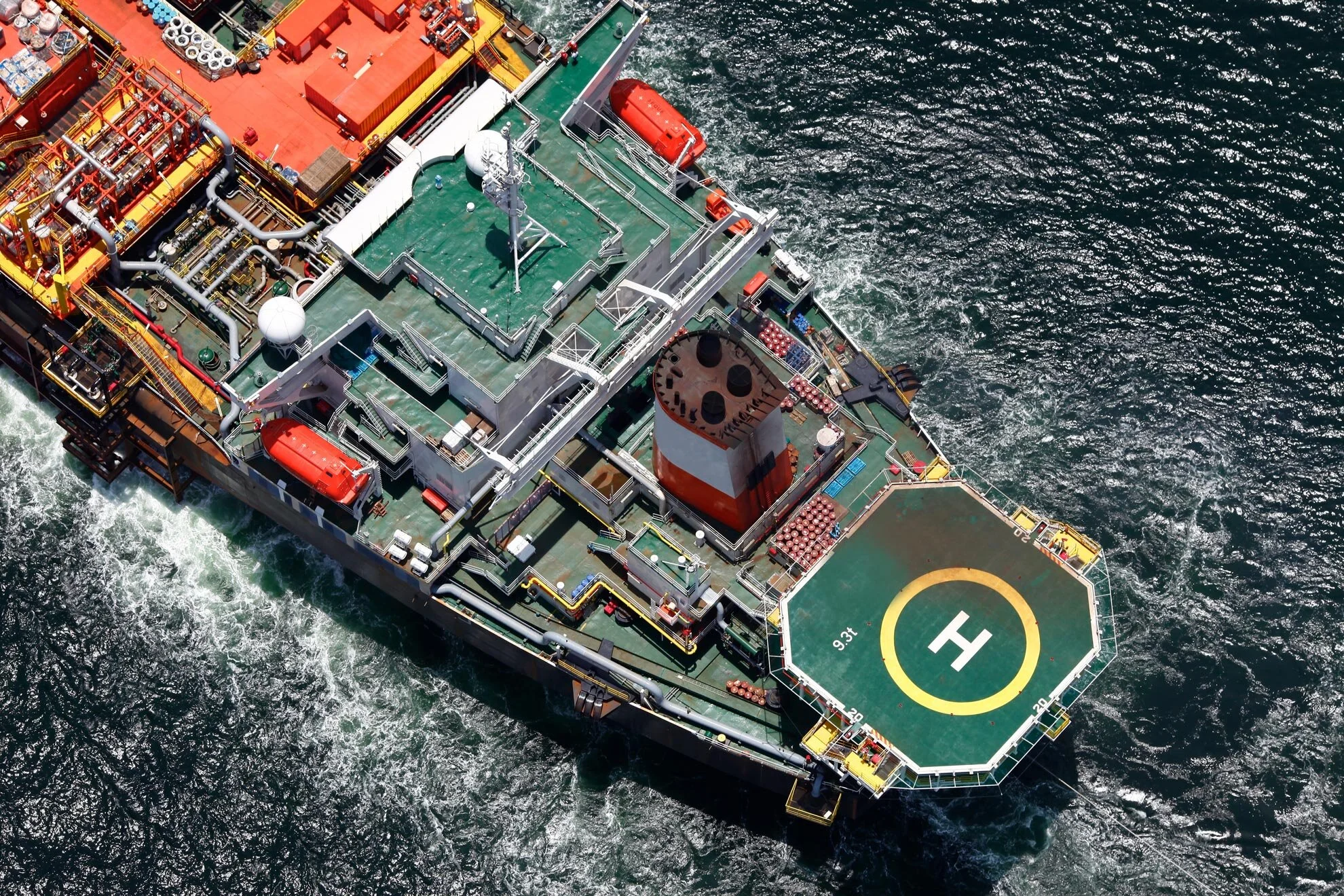
Project Experiences & Successes
BP Pipeline - Flow Assurance Management Program (FAMP)
BP Pipeline oversees the operation of 9 total oil and gas export systems from more than 20 different platforms in the GoM. The pipeline systems transport almost half-million barrels of oil and hundreds of MMSCF of gas daily from the producing platforms to onshore processing facilities.
The FAMP has been developed for BP Pipeline assets to ensure proper working of the high volume systems by organizing and delegating between operators, facilities, laboratories and onshore offices. By facilitating the review of system performance and operation, this information provides the basis of a continuous improvement approach.
BP - Juniper Flow Assurance Strategy
GATE was responsible for formulating a detailed flow assurance strategy for the successful operation of Juniper production system. The project involved extensive cross-functional interaction, detailed study of the lessons learnt from similar fields in the region (offshore Trinidad), simulating a wide variety of what-if scenarios (both steady state and transient) to draft the flow assurance strategy and operability logic for optimized production.
Maersk - Chissonga Hot Oil & Pigging Operations Strategy
GATE was involved in formulating the strategy for hot oil circulation and pigging operations for Chissonga. The hot oil circulation study involved optimization of the hot oil injection pressures and temperatures required to displace the cold dead leg in the pigging loop following an extended shutdown. The pigging study involved optimizing the pigging frequency, topsides injection pressures and pig velocities taking into account the production function for the entire life of the field.
BP - Mardi Gras Steady State & Transient Modeling
The project involved detailed steady state and transient modeling and analysis of gas and oil production systems. Strategies were developed for pigging based on the liquid dropout pattern and fluid velocities.
Phase envelopes of the individual gas streams and gas-mixtures were studies in detail using the software PVTSIM and optimum operating pressures and temperatures were suggested to minimize the liquid drop out.
Noble Energy - Aseng FPSO Asset Modeling
GATE was responsible for the flow assurance modeling to support Detailed Engineering, Final Commissioning and Startup and Operations Readiness for the Aseng Development. This included steady-state and transient modeling of the production, gas injection, and water injection systems.
Tullow - Jubilee Remediation of Hydrate Plugs
GATE was approached by Tullow to provide a detailed view of the several options available in the industry for remediation of hydrate plugs in oil and gas lines, merits and demerits of each strategy and their applicability to the Jubilee field. The project also involves developing detailed procedures for hydrate remediation/removal for Jubilee considering the available topsides and subsea infrastructure.
BP – Marlin Gas Export Line Modeling
GATE was involved in performing studies on the gas export line at different flowrates and platform pressures using the transient analysis software OLGA®. This includes calculation of the gas compressor requirements considering the characteristic curves and limitation on the compressor power) was calculated for a fixed export pipe ID.
Remaining Life Assessment Of Subsea Jumpers, Flowlines & Risers
GATE was engaged to evaluate the current condition and remaining life of the subsea jumpers and flowline of a deepwater oil and gas facility in the Gulf of Mexico.
The subsea field, which was comprised of multiple oil wells, was produced at a Tension Leg Platform (TLP) with a nominal capacity to produce 100,000 barrels of oil and 50 million cubic feet of gas per day. The subsea and topsides facilities were designed to operate with an expected maximum carbon dioxide (CO2) concentration of 0.15 mole percent from any given producing well.
Post-IlI Corrosion Assessment & Wax Control Strategy
After an in-line inspection of a pipeline in West Africa, a client discovered significant wall loss in the first three miles of the line. The tool also returned significant wax deposits, casting doubt on the current wax management efforts in place.
The wells producing to the pipeline historically produced H2S; however, the worst offenders were shut-in quickly after it was discovered that they were producing extremely high concentrations of the sour gas.
Comprehensive Flow Assurance Surveillance
Developed standalone tool for operator to proactively monitor flow assurance risks based on the field specific reservoir fluids, subsea infrastructure and current operating conditions.
Hydrate Remediation Using Nitrogen
Provided complete hydrate blockage remediation support from initial onshore Engineering Assessment to execution planning and eventual successful field execution using nitrogen.
Hydrate Remediation
A Gulf of Mexico (GoM) operator in the process of decommissioning one of its fields requested the engineering assessment of a blockage existing in their flowline-riser. The reservoir fluid characteristics and the field’s operational history were extensively reviewed. The review indicated hydrates to be the likely cause of the blockage.
Paraffin Remediation
Custom solvent products and flow assurance engineering provide total approach to plugged GoM pipeline.
Pipeline Surveillance
LiquiGel® pig maps internal pipeline geography and provides target area for remediation pill with no shut-in required.
Hydrate & Wax Blockage Remediation
A West Africa field operator witnessed an abnormal increase in pressure topsides when the flowline circulation pump was used to pump dead oil into the production line. No increase in subsea pressure was observed. Operational history prior to blockage hinted at the possibility of the presence of one or both wax and hydrate blockages in the production line. Depressurization options were limited by the blocked gas lift line.
